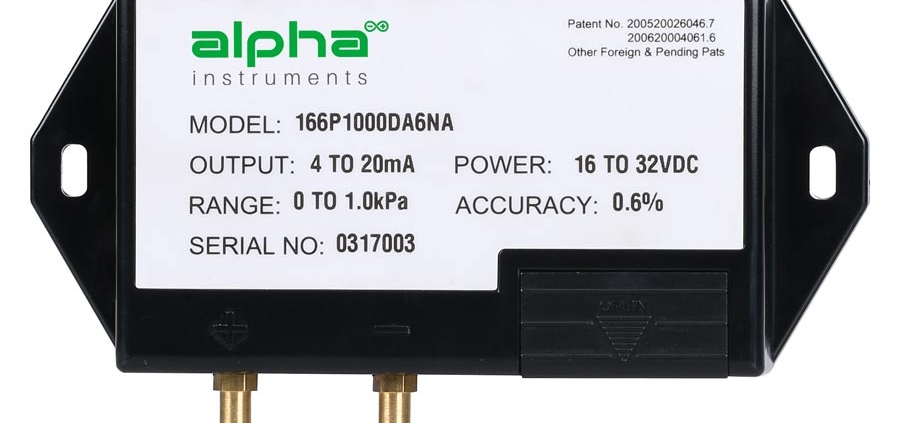Ⅰ. Four common faults of pressure transducers
The first fault is that when the pressure goes up, the pressure transmitter output cannot go up. In this case, check whether the pressure port is leaking or blocked first. If not, check the wiring method and the power supply. If the power supply is normal, simply pressurize it to see whether the output changes, or check whether the zero position of the sensor has output. If there is no change, the sensor has been damaged, possibly due to instrument damage or other problems in the whole system.
The second is in the first pressurization, the output of the pressure transmitter does not change, and the output of the transmitter changes suddenly after the pressure is released, and the zero position of the pressure transmitter cannot return after the pressure is relieved. It is very likely that the pressure sensor sealing ring has problem. Commonly, due to its specifications, the sealing ring is compressed into the pressure port of the sensor to block the sensor after it is tightened. When pressurized, the pressure medium can’t enter, but when the pressure is high, the sealing ring is suddenly burst open, and the pressure transducer is changed by the pressure. The best way to eliminate this fault is to remove the pressure transducer and directly check whether the zero position is normal. If the zero position is normal, you can replace the sealing ring and try again.
The third fault is the unstable output signal of the pressure transmitter. This fault may be a source of stress. The pressure source itself is an unstable pressure. It is very likely that the anti-interference ability of the instrument or pressure transducer is not strong, the vibrating of pressure transducer or the pressure transducer is faulty.
The fourth fault is the large deviation between the transmitter and the pointer pressure gauge. Deviation is normal, just confirm the normal deviation range.
The final type of fault is the effect of the position of the low differential pressure transmitter on the zero output. Due to its small measurement range, the sensing element will affect the output of low differential pressure transmitter. During installation, the pressure sensing part of the transmitter should be axial perpendicular to the direction of gravity. After installation and fixing, adjust the zero position of the pressure transmitter to the standard value.
Ⅱ. Anti-interference measures for pressure transducer
1. Maintain stability
Most pressure transducer will be unstable after overtime work, so it’s important to know how stable the pressure transducer is before you buy it. This advance work can reduce the trouble of future use.
2. Packaging of pressure transducer
The packaging of the pressure transducer, especially the frame, is often easy to ignore, but its shortcomings will gradually be exposed in the future use. When purchasing a pressure transmitter, you must consider the working environment of the pressure transducer in the future, how the humidity is, how to install, whether there will be strong impact or vibration, etc.
3. Select the output signal
What kind of output signal the pressure transducer needs: mV, V, mA, frequency output, and digital output, depends on many factors, including the distance between the sensor and the system controller or display, whether there is “noise” or other electronic interference signals, whether the amplifier is needed, and the location of the amplifier. For many devices with a short distance between the pressure transducer and the controller, the pressure transducer with mA output is the most economical and effective solution. If the output signal needs to be amplified, it is best to use a sensor with built-in amplification. For long-distance transmission or strong electronic interference signals, it is best to use mA output or frequency output.



